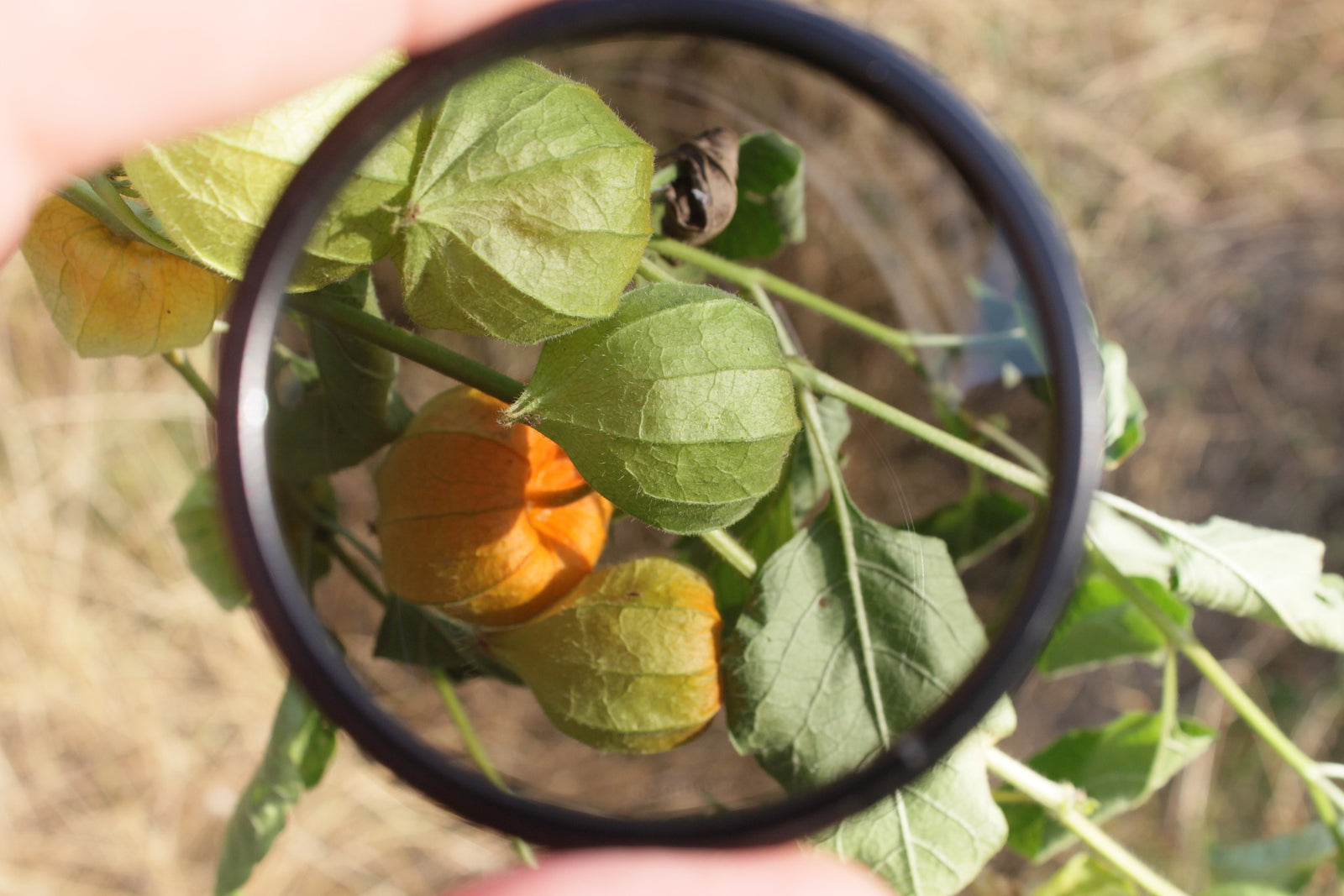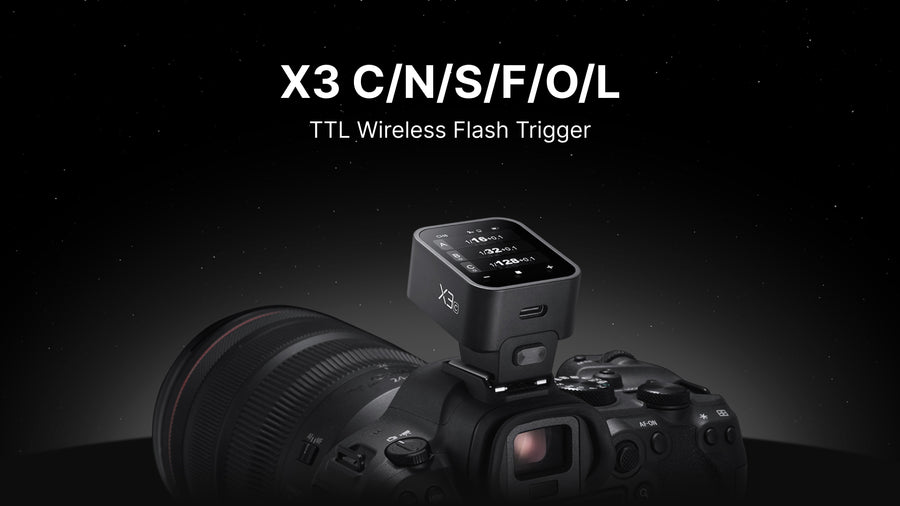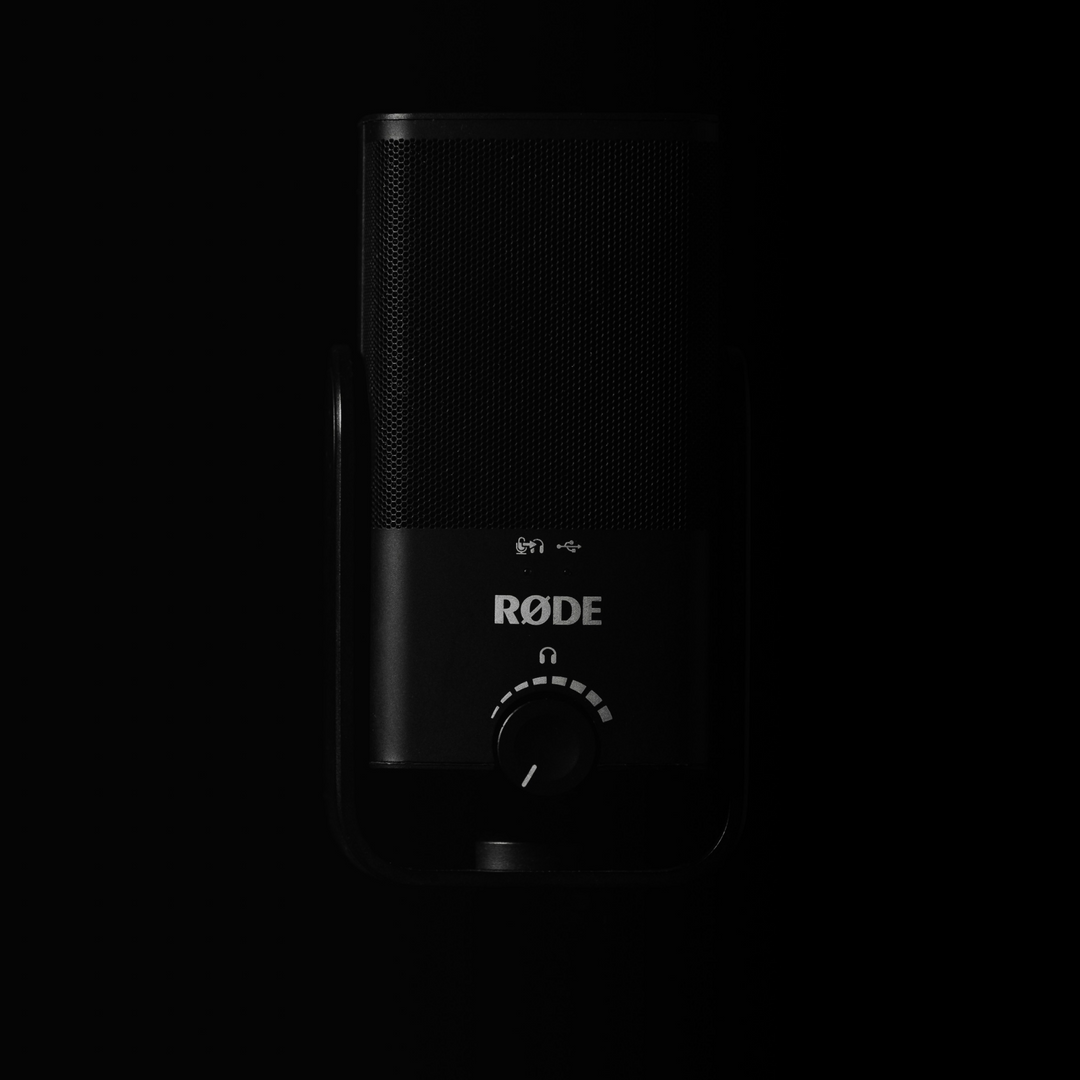Understanding UV, CPL, and ND Filters in Photography

In the world of photography, capturing the perfect shot often requires the use of various tools and accessories. Among these, UV filters, CPL filters, and ND filters are essential components that can greatly enhance the quality of your photographs. In this comprehensive guide, we will delve into the specifics of these filters, shedding light on their unique characteristics, applications, and advantages.
UV Filters: Preserving Clarity and Protecting Lenses
What Are UV Filters?
UV filters, short for Ultraviolet filters, are transparent glass or resin filters that are primarily used to block ultraviolet rays from entering the camera lens. They are commonly employed to protect the lens from scratches, dust, and moisture.
Benefits of UV Filters
- Protection: One of the primary purposes of UV filters is to safeguard your camera lens. They act as a physical barrier against potential harm, such as dust, water droplets, or accidental scratches. This protective layer can extend the lifespan of your valuable equipment.
- Clarity: UV filters also help improve the overall clarity of your photographs by reducing the bluish tint caused by UV rays. This ensures that your images appear crisper and more vibrant.
- Versatility: UV filters are versatile and can be left on the lens at all times without affecting the quality of your shots. They are particularly useful in outdoor photography, where UV rays are more pronounced.

CPL Filters: Enhancing Color and Reducing Glare
What Are CPL Filters?
Circular Polarizing (CPL) filters are designed to manage and control reflections and glare, enhancing the color and contrast in your photographs. They can be rotated to adjust the level of polarization.
Benefits of CPL Filters
- Reflection Control: CPL filters excel at reducing unwanted reflections from non-metallic surfaces such as water, glass, or foliage. This feature is particularly beneficial when shooting landscapes or through glass windows.
- Vivid Colors: By reducing glare, CPL filters help bring out more vivid colors and increased contrast in your images, making the subjects pop and creating a more dynamic visual experience.
- Enhanced Sky: CPL filters are renowned for making the sky appear deeper blue, creating a striking backdrop for your photos.

ND Filters: Managing Light Exposure
What Are ND Filters?
Neutral Density (ND) filters are invaluable tools for controlling the amount of light that enters your camera's sensor. They come in various densities, indicated by numbers such as ND2, ND4, or ND8.
Benefits of ND Filters
- Long Exposures: ND filters allow for longer exposure times, which can be particularly useful in situations where you want to capture the motion of water, such as in waterfalls or rivers. They also enable you to create stunning long-exposure shots of cityscapes with blurred motion.
- Wide Apertures: ND filters make it possible to use wide apertures even in bright daylight, creating a shallow depth of field for impressive bokeh effects.
- Control Over Exposure: These filters provide photographers with greater control over the exposure settings, which is crucial in situations where the available light is too intense.

Choosing the Right Filter
Selecting the appropriate filter depends on the specific photographic conditions and your desired outcome. Here are some tips for choosing the right filter for your needs:
- Consider the Scenario: Think about the type of photography you'll be doing. For example, UV filters are great for protecting your lens in all conditions, CPL filters are ideal for enhancing landscapes, and ND filters are a must for long-exposure shots.
- Filter Sizes: Ensure that the filter size matches your lens diameter. Most filters are available in various sizes to accommodate different lenses.
- Quality Matters: Invest in high-quality filters to avoid any degradation of image quality. Cheaper filters may introduce unwanted artifacts.
- Experiment: Don't be afraid to experiment with different filters and settings to discover the effects that best suit your style.
In conclusion, UV filters, CPL filters, and ND filters are indispensable accessories for photographers looking to elevate the quality of their work. Understanding their unique characteristics and applications is key to capturing stunning, professional-quality photographs.
If you wanna know more about this, check out this Lens Filters 101 from Tomorrows Filmmakers.







